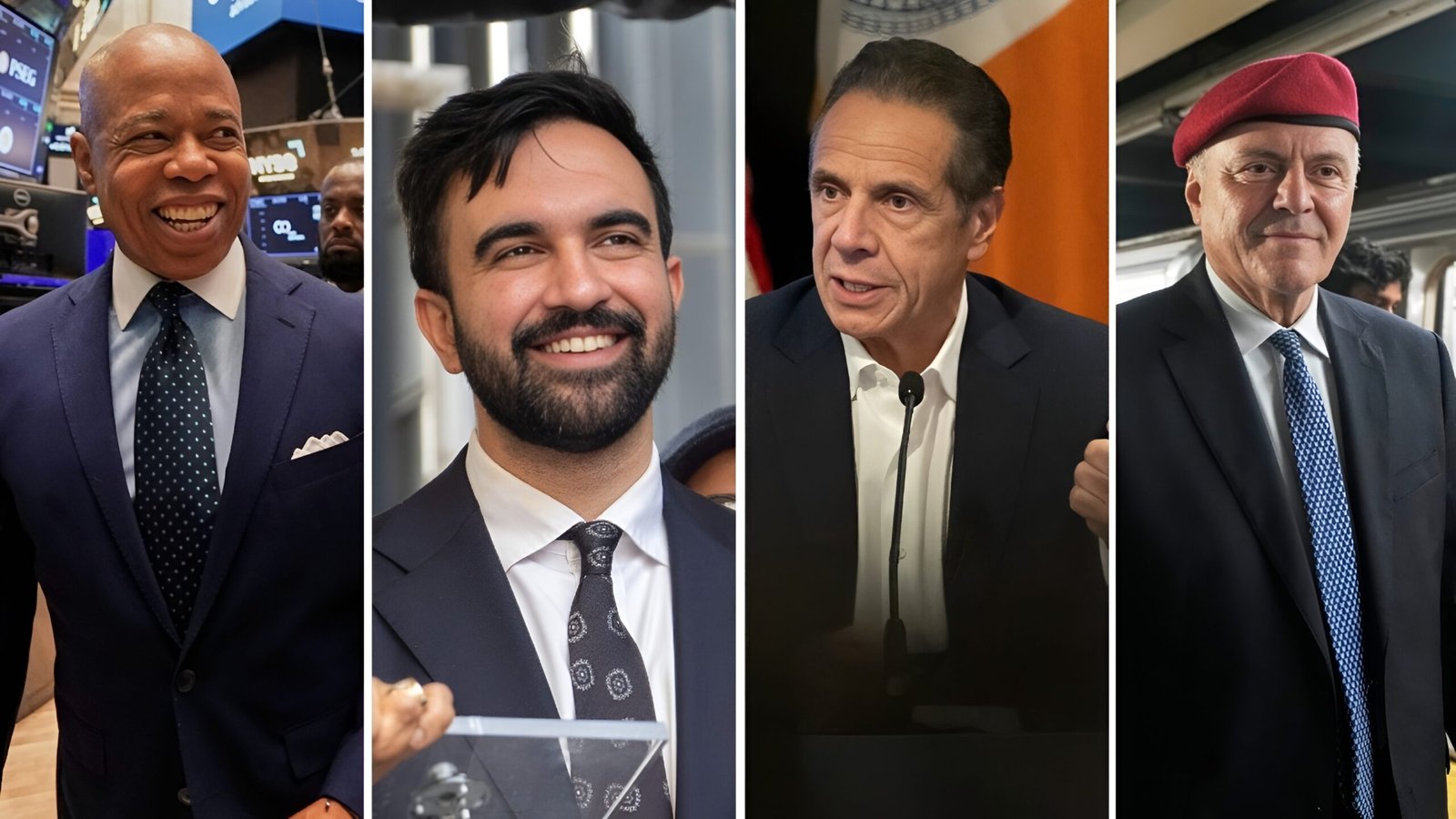New Yorkers have turned out in record numbers to cast their ballots ahead of Tuesday’s general election, which will decide who becomes the city’s next mayor.
According to final tallies from the New York City Board of Elections, more than 735,000 voters checked in during the early voting period from October 25 to November 2 the highest early voting turnout in city history. That figure marks a dramatic surge from 2021, when just over 169,000 voters participated in early voting during the last mayoral election making this year’s total more than four times higher.
Election officials noted that Sunday, November 2, the final day of early voting, set a new single-day record for early turnout in the five boroughs. “New Yorkers are showing up in historic numbers to make their voices heard,” the Board of Elections said in a November 3 statement.
The spike in voter participation comes as polls have tightened in the city’s heated mayoral contest. Democratic nominee Zohran Mamdani, a progressive state assemblymember from Queens, enters Election Day as the frontrunner, though recent surveys show his lead narrowing against former Governor Andrew Cuomo, who is running as an independent.
Republican nominee Curtis Sliwa, founder of the Guardian Angels anti-crime group and a frequent conservative commentator, trails in third place. The winner will succeed Mayor Eric Adams, a moderate Democrat who has faced mounting criticism over crime, housing, and ethics controversies during his tenure.
Political analysts say turnout patterns may offer clues to the race’s outcome. Early voting data indicates that older voters including Baby Boomers and members of Generation X dominated the first several days of early voting, a trend that could favor Cuomo, who has pitched himself as a centrist and experienced hand.
However, younger voters, including millennials and members of Generation Z, surged to the polls in the final days of the early voting period momentum that could benefit Mamdani, who has built a grassroots campaign centered on affordable housing, climate justice, and public safety reform.
The unprecedented participation underscores how early voting signed into law statewide in 2019 by then-Governor Cuomo has transformed New York’s electoral landscape. The system allows voters to cast their ballots during a nine-day window before Election Day, reducing congestion at polling sites and expanding access for those unable to vote on the official day.
“The fact that hundreds of thousands of New Yorkers took advantage of early voting shows that the reform is working,” said political scientist Jennifer Pomerantz of NYU Wagner School. “It’s making voting more accessible and this year’s competitive mayoral race is clearly energizing voters across generations.”
Polls across the city will open Tuesday, November 4, from 6 a.m. to 9 p.m., officials said. Voters who are in line by 9 p.m. will still be permitted to cast their ballots.
The Board of Elections warned that Election Day may see long lines and busy polling sites, especially given the surge of interest in this year’s race. Officials urged residents to confirm their polling locations and be patient as workers process record voter turnout.
As New York City prepares to choose its next leader, one thing is already clear: the 2025 mayoral election has reignited civic engagement in a city where turnout has historically lagged behind the national average.
“This is what democracy looks like,” said one Manhattan voter outside an Upper West Side polling site on Sunday. “No matter who wins, the fact that so many people are participating gives me hope.”

